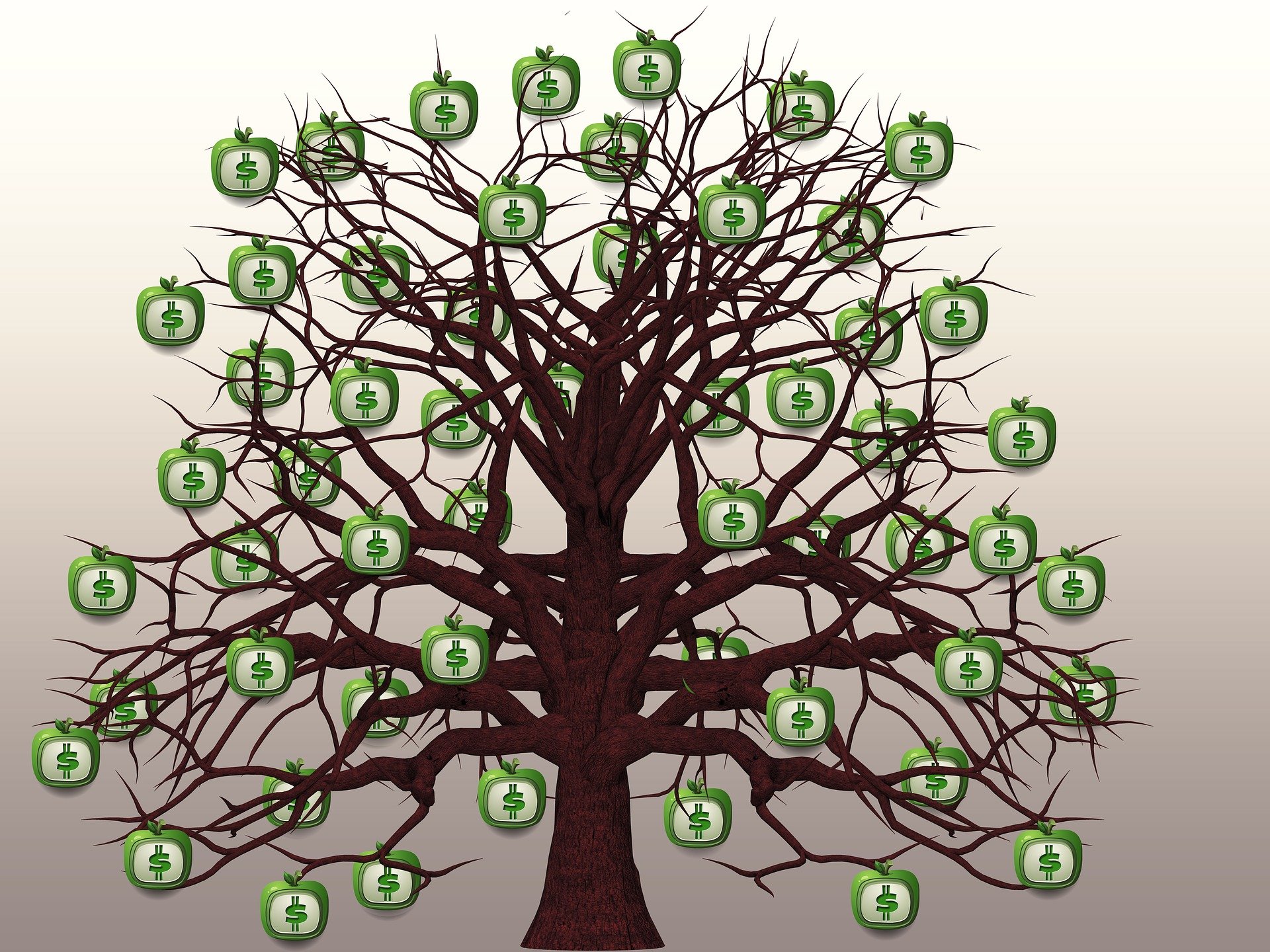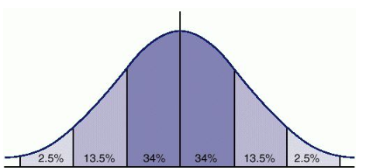
“A lie can spread halfway around the world before the truth even has a chance to put its pants on,” as the saying goes. This kind of leverage is not limited to lies alone. Take, for instance, the case of the shoe bomber, whose actions led to millions of people having to remove their shoes at airports for the past 20 years. Law enforcement faces the burden of being right countless times, while an attacker only needs to be right once. Despite the immense cost and loss of civil liberties, we still struggle to distinguish between fraud and fiction. It is imperative that we solve this problem as if our lives depend on it. Behind every instance of fraud lies a mountain of truth waiting to be curated.
But what if we could reverse this leverage? What if the attacker had to be right a thousand times while the target only needed to be right once?
Introducing the Value Game, a feature of The Innovation Bank™. This game applies game mechanics to address this challenge. Here’s how it works: When a person makes a claim about something in the physical world, such as their education or a toxic spill, that claim is recorded on a blockchain, timestamped, and made immutable. The player then seeks another player to validate their claim by stating, “I validate that this claim is true.” The claimant and validator are permanently linked on the blockchain. All these claims and validations are combined in the community. Participants are rewarded with digital tokens that can be converted to cash. Problem solved!
Let’s see how this game plays out in a scenario. Imagine a super villain named Max Mallory who wants access to a nuclear reactor for his nefarious plans. However, he lacks the necessary education and experience as a nuclear engineer. Using The Innovation Bank, Mallory makes a claim that he is a nuclear engineer. But he struggles to find another engineer to validate his claim. So he pays his sidekick Carl to validate it instead. Both receive tokens as a reward. So far, so good!
Mallory then attempts to enter the reactor gate but is denied. His transaction record doesn’t match that of a typical nuclear engineer. Mallory tries to fill in the gaps by consulting Wikipedia, but the blockchain doesn’t allow for going back in time. Mallory would need to complete high school before going to college. The Innovation Bank registers Mallory’s unvalidated claim (a fancy term for a lie) and Carl’s validation as a “dead head claim” (a fancy term for incompetence).
If Mallory or Carl ever want to engage with the Innovation Bank in the future, such as for job applications, loans, or social media comments, they will face increasing difficulty in finding validators. Their only option would be to start over with a new profile from t=0.
In the long run, a successful attacker would need to be an accomplished professional nuclear engineer with a long record validated by many colleagues, mentors, publications, and institutions, all in a specific sequence and over a significant period of time. The reward from the attack would have to outweigh the attacker’s potential losses, as they would likely be identified, caught, and prosecuted. However, it’s more likely that they would be thwarted at an earlier stage with an unvalidated claim for a less critical offense.
In general, there is no incentive to cheat in this system. Aiding and abetting cheaters is also discouraged. Both claimants and validators face future consequences if they are careless with facts and associations. The costs of cheating far outweigh the benefits of engaging in illicit activities. As a result, routine operations of power plants do not incur punitive costs.
As the Value Game unfolds, with millions of claims and validations across various professions and fields, the likelihood of encountering fraud or incompetence becomes exceedingly small, approaching zero, particularly for higher order claims. The aggregate database of truthfully interacting STEM professionals and beyond trains the algorithm to identify outlier behaviors. The more truth stored in this database, the more valuable it becomes in separating fact from fiction and increasing the value of digital tokens. As the tokens gain value, the network’s security improves.
Now, the truth can travel halfway around the world before the lie even has a chance to put its pants on.
The Innovation Bank is much more efficient than attempting to unravel anonymous rumors spread on the internet. It is also more efficient than having to validate each claim individually. Everything is pre-validated, minimizing prohibitive punitive costs and controls. This “judicial system” is self-funding and self-correcting. The process of curating claims and validations forms the social fabric upon which we all rely. Every participant is incentivized to collaborate and gain stake in the system. Meanwhile, there is no incentive to exploit or corrupt the system. Forensics are performed before failures occur, ensuring a reliable and trustworthy environment.
**




